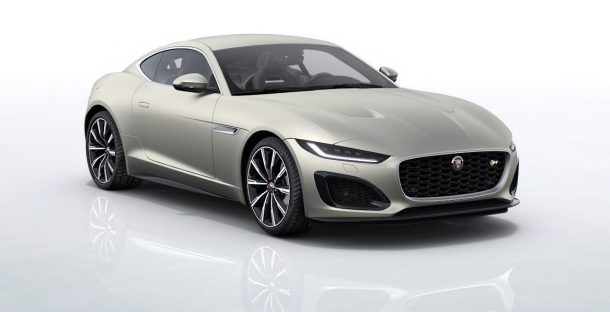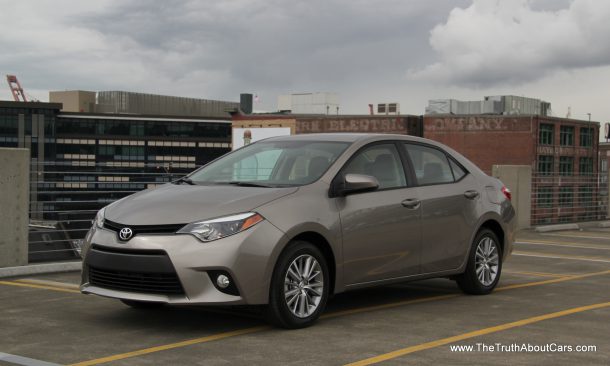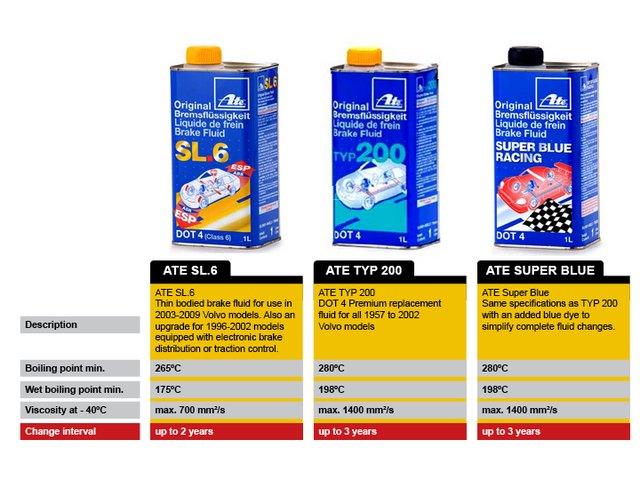#color
A Difference in Color or Colour?
Car color preferences differ by nation or regions of the world, as we found in comparing our previous post on Axalta’s study, and BASF’s Color Report 2020, issued in the UK.
Question Of The Day: Is White Your Favorite Car Color?
White is the most popular car color, according to Axalta, covering 38 percent of all automobiles purchased worldwide.
White Remains Top Vehicle Color Globally According to Axalta
Axalta released its 68th Global Automotive Color Popularity Report today, and it said 81 percent of vehicles are white, black, gray or silver. White at 38 percent is the most frequently purchased automotive color worldwide and has been for 10 years consecutively. Black remains at 19 percent year-over-year and is a luxury vehicle favorite. Gray, at 15 percent, is up two percent and is at a 10-year high. Meanwhile, silver is in decline in all regions, now at just nine percent. This shift from silver to gray in many markets is its perception as a more modern and luxurious color.
QOTD: Embracing Your True Colors?
In each and every one of us lurks a number of hidden longings. Yours truly, as a child and even later, used to yearn to one day work at the National Hurricane Center in Coral Gables, Florida.
That clearly didn’t pan out. They probably demand a degree in science-y things, the jerks. Oh well.
Other yearnings aren’t quite so specific, and I think one thing we all share as a diverse population of individuals is the desire for more choice. To express ourselves in one of the dwindling ways that’s still socially acceptable. I’m talking, of course, about color. Paint color.
Piston Slap: Car Design Grab Bag!
TTAC Commentator Towncar writes:
I have some piddling little aggravations and head-scratchers, and it appears those serve to entertain the B&B as well as anything.
- Black Pillars: When and why did the black B-pillar take over the world? Presumably it’s to make you think it’s not there and the car’s a hardtop, but there’s never been a single case where that worked — not one. Even on a black car, the finish is sufficiently different that you can tell the pillar is present.
- Colors: Why are there no good interior colors anymore — red, blue, green? The only current one I know of, fairly recent, is the Rhapsody in Blue interior on the new Continental, and you have to buy the ultra-highline Black Label edition to get it. Which brings up the question: why do so few interiors really match anymore? It used to be that two-tone interiors looked designed that way, but now they just seem to have been put together from parts for different cars.
- Gas Fillers: Have any of the fool engineers who put gas fillers on the passenger’s side ever tested this concept out by going through a gas line backwards? (By the way, this pertains to the G6 convertible you advised me to buy about four years ago, and belated thanks, it’s generally great.)
- Wipers: Why has the old-fashioned opposed (clap hands) style come back of late years? I saw some kind of little Ford with this lately, and I think a Honda or two. And pertaining to the newer parallel style, what determines which side the wipers “point” to? It’s almost always the passenger’s, but I can think of two cars having them point the other way — the suicide-door Continentals of the ’60s and the Avanti. Why?
- TPMS: OK, this is actually semi-serious. How good are these things? The G6’s dash display gives pressures, but seldom agrees with my trusty tire gauge at the best of times, and changes in temperature and even bumps in the road sometimes trigger the warning light. Can the sensors be adjusted and/or calibrated for accuracy? And are the retrofit kits you can buy for older cars any good?
QOTD: A Tale of Two Tones?
Three and a half years ago, I found myself blitzing down Wilshire Boulevard behind the wheel of what was then the only Rolls-Royce Wraith in the country. There was much to admire about the car: the saturnine (as in Saturn V, not the dour deity) thrust of the blown V-12, the transcendent sound system, the Starlight Headliner that makes every late-night date a romantic one. Truth be told, I expected all of that. What I did not expect was to be utterly smitten by the Wraith’s two-tone paintjob.
What was the last mass-market passenger car to be sold in the United States with an optional two-color finish? Don’t tell me that it was the ’90s Explorer Eddie Bauer, because I don’t want to think about that despicable slug of a trucklet. Perhaps it was the ’80s Town Car? The bustleback Seville? And could two-tone paint jobs ever make a comeback? I think they might, and I’ll tell you why.
It's Not Easy Being Beige: Vehicle Color Affects Depreciation, Study Shows
Owners of orange or yellow cars should consider themselves blessed, especially if they’re planning on selling.
A study of 1.6 million three-year-old vehicles by iSeeCars.com reveals that a vehicle’s paint color has a big effect on depreciation and the amount of time it takes to sell.
Study: Men Prefer Brighter, Bolder Car Colors More Than Women
A recent study by iSeeCars.com shows men prefer brighter, bolder car colors — orange, brown and yellow — compared to women, who preferred more neutral colors such as gold, silver and beige. The study analyzed more than 25 million used cars and 200,000 shoppers.
Orange was the big polarizer for 2014; men were 25 percent more likely to pick that color than women. Last year’s popular picks for men, red and black, fell out of the top three this year in favor of brown and yellow.
Women’s picks of gold, silver and beige may have more to do with the segment in which females traditionally shop. iSeeCars said men’s interest in muscle cars can help explain the palette preferences.
Keep Color Choices Fluid
This past Friday, Jack reported on Continental’s decision to remove its ATE Super Blue brake fluid from the market, citing its non-compliance with federal motor vehicle safety standards. Apparently, Super Blue ran afoul of regulations regarding the coloration of brake fluid in motor vehicles. It’s not clear exactly what led Continental to recall the product now after years on the market, but it’s obvious why: blue brake fluid is a no-go according to American regulators. As Jack pointed out, this apparent government overreach has cost consumers another choice that amateur racers in particular found useful. Commenters on that story debated the relative merits of regulating automotive fluid colors, in particular brake fluid. So just how regulated are fluid colors anyway, and do those regulations help or hurt consumers overall?
A World Tour Of Car Color Choices
According to an infographic in the WSJ, based on research undertaken by Hyundai-Kia, the US doesn’t just buy a huge number of vehicles… we buy our cars a greater diversity of colors than any other market in the world. Sure, silver, grey, black and white still make up just over 60% of our new cars, but amazingly that’s one of the lowest percentages among large markets. By comparison, those four colors represent a whopping 885 of all new cars sold in South Korea. China and Japan buy 79% and 78& of their cars in those four colors respectively, but China is the only nation represented with a significant proportion of yellow cars sold, at 3%. Why? I’d guess it has something to do with the fact that yellow was once forbidden from buildings and garments, reserved for the Imperial family by sumptuary law (although it could be a more recent craze for “Bumblebee” edition Camaros). Meanwhile, India and US have the highest rates of (literally) green cars, at four percent, Europe has the blues, with 18% ordered in that color, and red-blooded Americans still buy the most red cars at 12%. And with a full 9% of new cars purchased in a color not represented here, the US has the most offbeat car colors as well… a distinction that seems fitting to our individualistic, car-worshipping culture.























Recent Comments